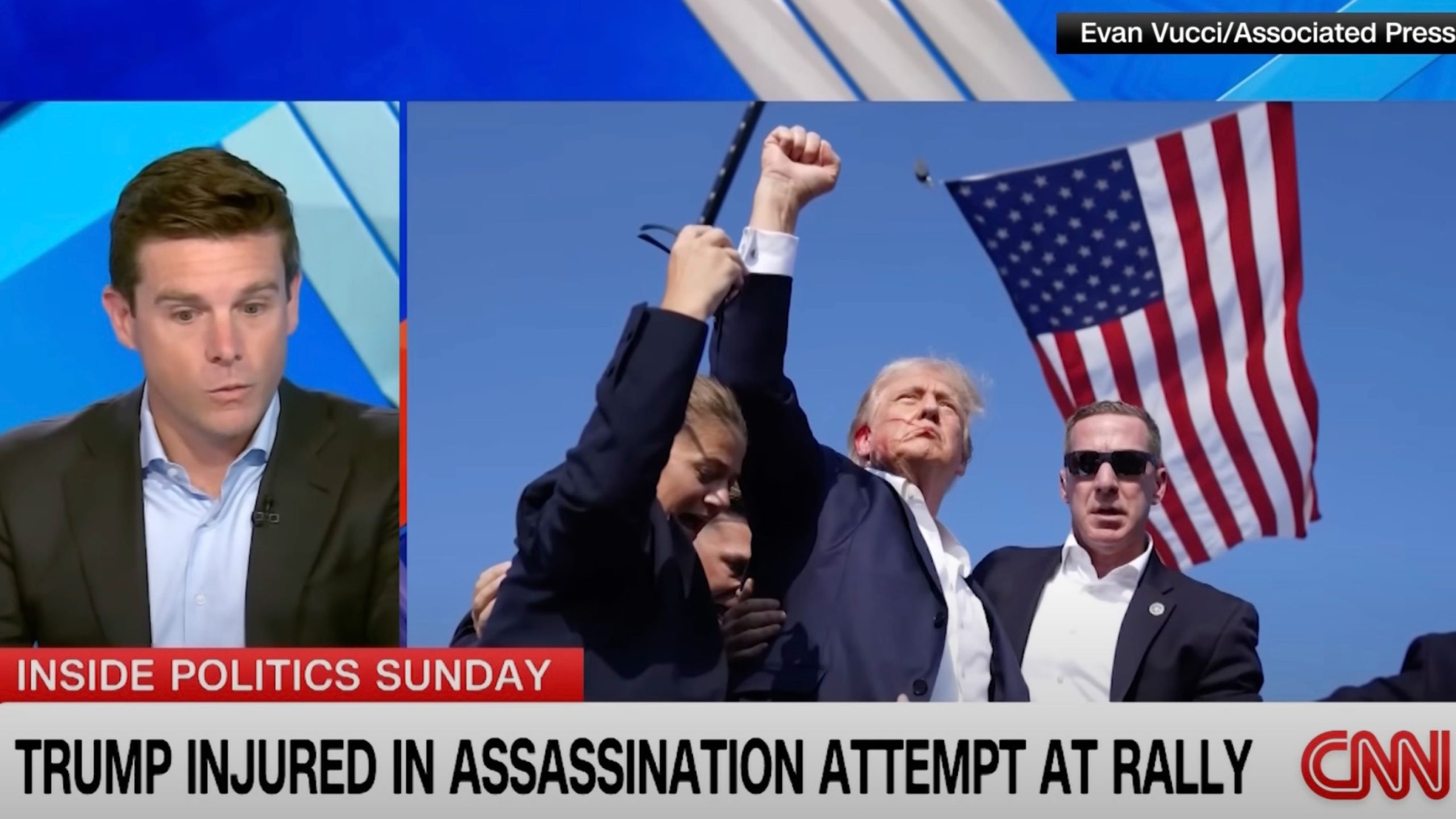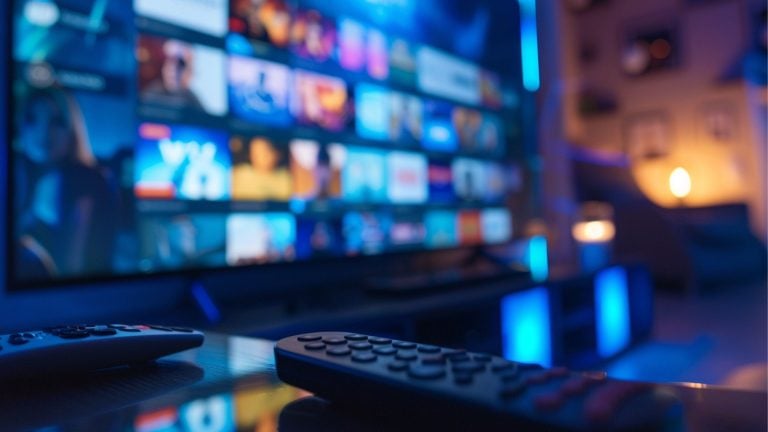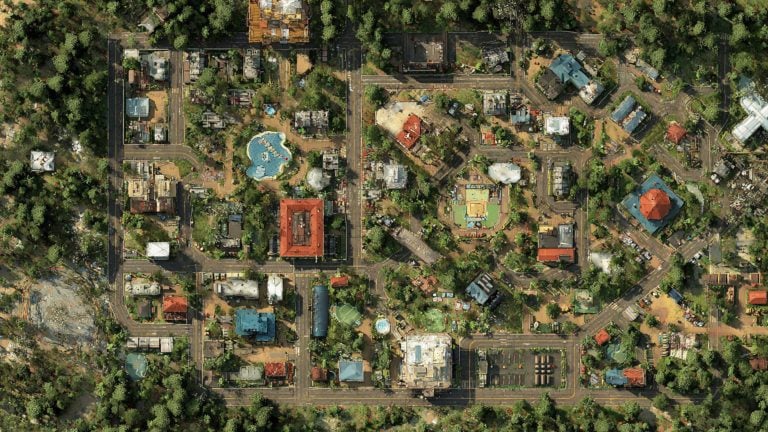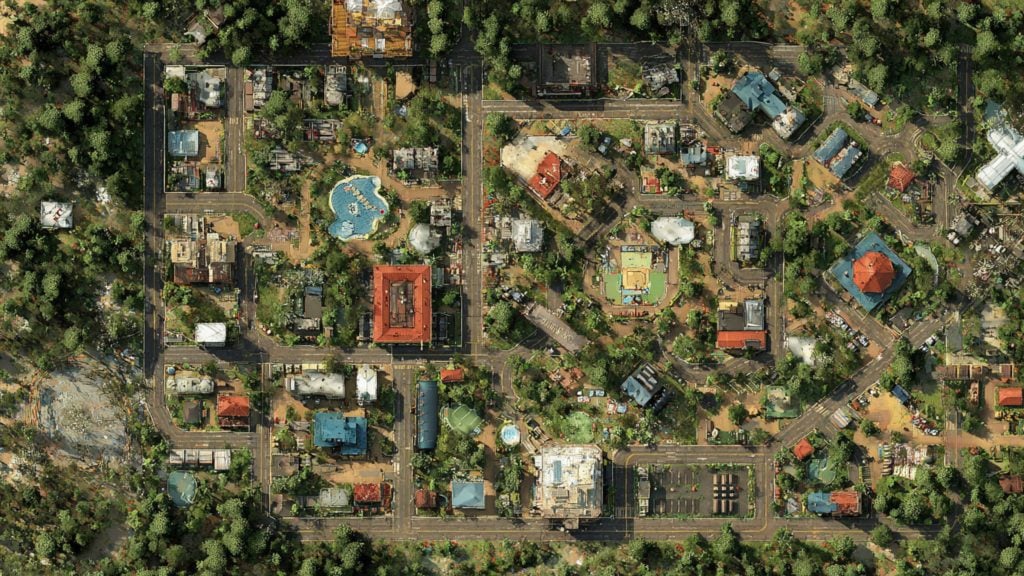A major news outlet’s photo editor criticized the widespread publishing of a dramatic photo depicting former President Donald Trump just moments after an assassination attempt, calling it unintentional “free PR” for Trump, and calling for it to not be shown.
The editor, whose identity remains confidential, emphasized the potential danger in glorifying such an image, according to an Axios analysis of media trends.
The photo shows Trump right after a bullet narrowly missed him at a rally in Pennsylvania. Captured by Associated Press photographer Evan Vucci, the image went viral, showing Trump, bloodied but unbowed, raising a fist to his supporters as he was hurried off stage, flanked by the Secret Service, with the American flag in the background.
Despite its acclaim as a symbol of defiance and resilience, the photo editor and a photographer from the same outlet have advised against its frequent use in the media, warning that it could inadvertently serve to enhance Trump’s public image positively.
Trump himself commented on the photo’s impact in an interview with the New York Post, proudly noting the iconic status of the image and the unusual circumstance of surviving such an ordeal, saying, “A lot of people say it’s the most iconic photo they’ve ever seen. They’re right and I didn’t die. Usually, you have to die to have an iconic picture.”
The call for censorship of the dramatic image raises several concerns, particularly regarding the principles of press freedom and public interest. Firstly, the idea of withholding the image from public view under the pretext of preventing “free PR” for Trump challenges the fundamental role of the media in providing a comprehensive and unfiltered view of significant events.
Media outlets bear a responsibility to report the news as it unfolds, without succumbing to considerations about the potential political gains of the subjects involved. By advocating for the suppression of the photo, the editor indirectly suggests that the media should prioritize perceived consequences over the duty to inform, which could set a concerning precedent for news coverage.
The notion that the publication of such a powerful image could serve as inadvertent promotion overlooks the public’s right to witness and interpret pivotal moments in the political arena. The photo’s portrayal of resilience and defiance, regardless of one’s opinion of Trump, is a significant historical record. It captures a rare and intense moment of vulnerability and survival that has inherent news value. Suggesting that images should be censored based on their potential impact on an individual’s image is a slippery slope toward a sanitized and less informative public discourse.
Despite the slide toward this in recent years, the media’s role is not to manipulate public perception through omission but to present facts and allow the public to form their own informed opinions. In this instance, denying access to such a momentous image does a disservice to the understanding of the event’s gravity and the public’s ability to engage with it critically.










